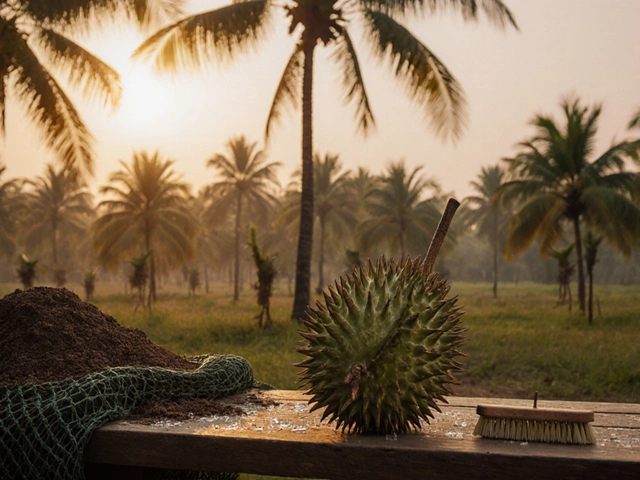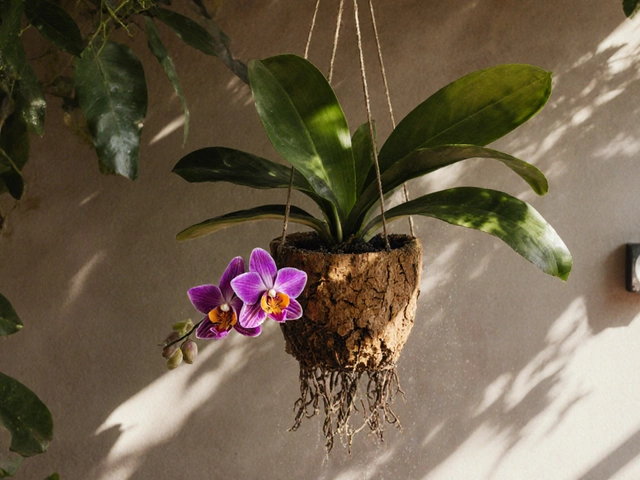Eco-Friendly Agriculture: Sustainable Gardening Solutions for Indian Homes
When you hear eco-friendly agriculture, a farming and gardening approach that works with nature instead of against it, using natural inputs and minimizing waste. Also known as sustainable gardening, it's not about going back to the past—it's about using smart, science-backed tools to grow healthier plants without harming the soil, water, or pollinators. In India, where water is scarce and soil is often worn out, this isn’t optional. It’s how you keep your garden alive through summer heat, monsoons, and rising costs.
Real eco-friendly agriculture starts with what’s under your feet. soil health, the condition of soil that supports plant growth through natural nutrient cycling, microbial activity, and good structure isn’t just about adding fertilizer. It’s about fixing compacted dirt with compost, letting worms do the work, and avoiding chemicals that kill the tiny life underground. You can’t grow strong plants if the ground is hard as brick. That’s why posts here show you how to loosen soil naturally—no expensive machines needed.
Then there’s water. water efficiency, the practice of using the least amount of water possible to keep plants thriving isn’t about watering less—it’s about watering smarter. Drip irrigation helps, but it’s not the only option. Soaker hoses, rain barrels, and thick mulch layers cut water use even more. And no, you don’t need to run your drip system every day. Most gardens thrive with less frequent, deeper watering. The posts break down exactly when and how much to water based on season, plant type, and local weather.
You’ll also find real solutions for pests—not chemical sprays, but natural ones. organic pest control, using plant-based or biological methods to manage insects without synthetic pesticides is the backbone of eco-friendly gardening. Neem oil isn’t just popular—it’s proven. It stops aphids, whiteflies, and mites without hurting bees or pets. Other options? They often fall short. This is the kind of detail you won’t find in generic blogs.
It’s not just about what you use—it’s about what you avoid. No plastic pots that break in a year. No imported fertilizers shipped halfway across the world. Instead, you’ll learn how to make your own fertilizer from kitchen scraps, use local plants that thrive without extra help, and design gardens that feed themselves. A self-sustaining garden isn’t a fantasy. It’s a step-by-step process, and the guides here walk you through it.
Whether you’re growing veggies on a Mumbai balcony, tending jasmine in a Chennai courtyard, or trying durian in southern India, eco-friendly agriculture gives you the tools to succeed without burning through resources. You don’t need a big plot. You don’t need to be an expert. Just the right knowledge—and the posts below give you exactly that.
Explore practical, science-backed alternatives to pesticides. Discover eco-friendly solutions, expert tips, and real-life examples that help farms thrive safely.
Continue reading...





